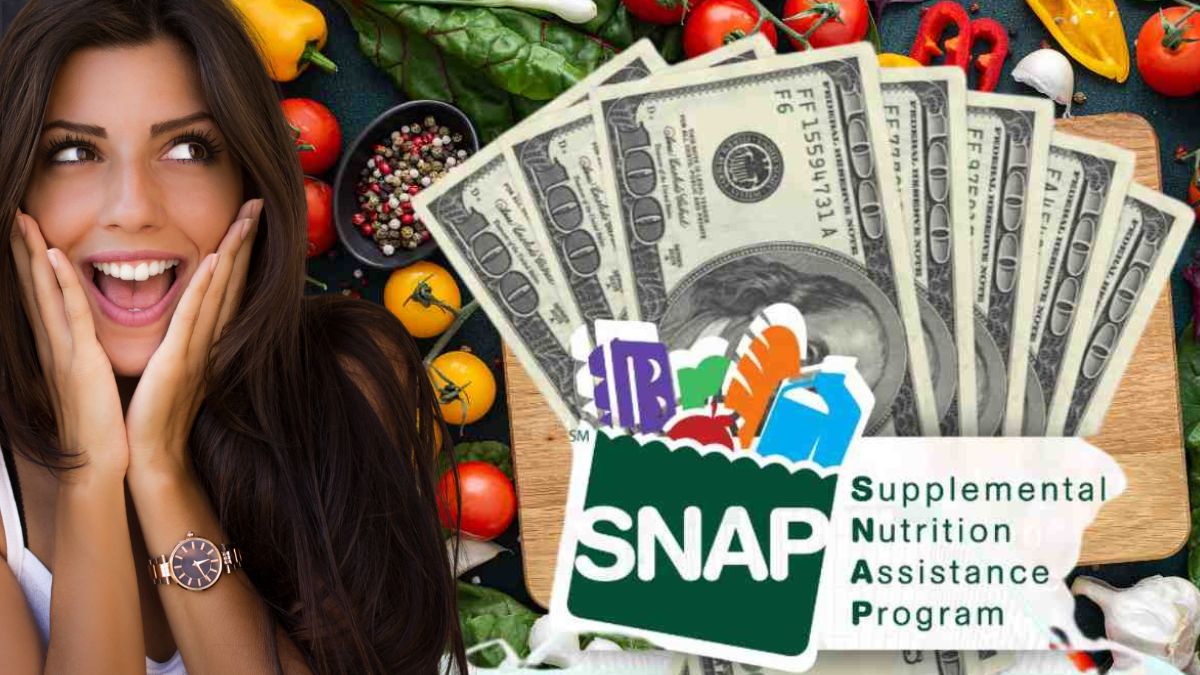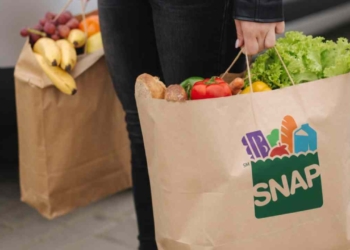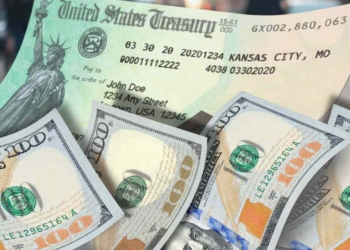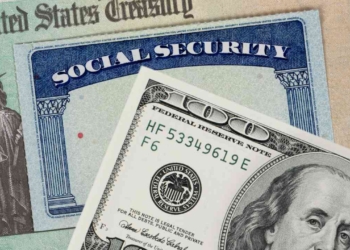While some States have already finished sending SNAP payments in January, others will continue for more than 2 weeks. Take for example Florida and Texas which have the deadline to pay Food Stamps on Jan. 28, 2025. As for the amounts, it will depend on your household size and on the reductions you get.
Some families have no earnings, savings, or resources. Thus, they may qualify for the full amount. While others may be receiving Social Security payments or working and this could make their SNAP amounts go down. A single person can receive up to $292, but if you are four, it could be up to $975. Families of 8 can receive up to $1,756. For your information, these amounts are for the 48 contiguous States and D.C.
SNAP payments left in January or coming in February
About 26 States have sent all SNAP payments to eligible recipients’ EBT cards. The rest has not finished yet. Check all the possible paydays in January and the new paydays for February.
Alabama: January 4-23
Alaska: February 1
Arizona: January 1-13
Arkansas: January 4-13
California: February 1-10
Colorado: February 1-10
Connecticut: February 1-3
Delaware: January 2-23
Florida: January 1-28
Georgia: January 5-23
Hawaii: February 3-5
Idaho: February 1-10
Illinois: February 1-10
Indiana: January 5-23
Iowa: February 1-10
Kansas: February 1-10
Kentucky: January 1-19
Louisiana: January 1-23
Maine: January 10-14
Maryland: January 4-23
Massachusetts: January 1-14
Michigan: January 3-21
Minnesota: January 4-13
Mississippi: January 4-21
Missouri: January 1-22
Montana: February 2-6
Nebraska: February 1-5
Nevada: February 1-10
New Hampshire: February 5
New Jersey: February 1-5
New Mexico: January 1-20
New York: February 1-9
North Carolina: January 3-21
North Dakota: February 1
Ohio: January 2-20
Oklahoma: February 1-10
Oregon: February 1-9
Pennsylvania: Over the first 10 business days in February
Rhode Island: February 1
South Carolina: February 1-10
South Dakota: February 10
Tennessee: January 1-20
Texas: January 1-28
Utah: January 15
Vermont: February 1
Virginia: February 1-7
Washington: January 1-20
West Virginia: February 1-9
Wisconsin: January 1-15
Wyoming: February 1-4
Guam: February 1-10
Puerto Rico: January 4 – 22
The District of Columbia: February 1-10
The U.S. Virgin Islands: February 1
Who can apply for SNAP benefits in January 2025?
SNAP is the Supplemental Nutrition Assistance Program in the United States. This Federal program gets funds from the USDA. The Food and Nutrition Service is in charge of this program.
Although it is a federally funded program, States can deal with applications and administer payments. It used to be known as the Food Stamps program and it helps low-income Americans fight food insecurity and eat nutritious food.
Therefore, if you are in this situation or you know a relative, neighbor, or acquaintance who needs food support, you can help them apply or apply yourself. Do it as soon as possible since it can take up to a month to receive the approval.
How does working part-time or receiving other benefits affect SNAP eligibility?
- Income Counting: Whether you work part-time or full-time, income from wages is counted toward the household income limit. This includes salary, tips, and commissions.
- Meeting Income Thresholds: If your part-time job still keeps your household income under the applicable SNAP limits, you may remain eligible.
Work Requirements: Some SNAP recipients must comply with work requirements (sometimes called “workfare” or “ABAWD” requirements for able-bodied adults without dependents). Part-time work can help fulfill these requirements, depending on how many hours you work. However, specific rules can differ by state.
In short, if your part-time wages don’t push your household’s total income above the SNAP limits and you meet any work requirements that apply, you can still qualify.
Receiving Other Benefits
Many forms of assistance can affect SNAP, though not always in the same way as wages. Different benefits can be counted as income or excluded, depending on SNAP regulations and your state’s policies. Common examples:
- Unemployment Insurance: Often treated as countable income. If your total income (including unemployment benefits) remains within SNAP limits, you can still qualify.
- Social Security or SSI (Supplemental Security Income): Generally considered countable income. SSI recipients may be categorically eligible for SNAP in some states through expanded eligibility rules.
- Temporary Assistance for Needy Families (TANF): Often counted as income. However, in many states, TANF recipients are automatically or categorically eligible for SNAP, but it depends on state-specific rules.
- Child Support: Child support payments received may be counted as income. If it’s paid out by a member of your household, it might be deductible or excluded—in some states, that can reduce net income and help maintain SNAP eligibility.
- Housing Assistance: The value of certain housing subsidies (e.g., Section 8 vouchers) is often not counted as income. However, your household’s rent or utility payments may affect net income calculations through deductions.







